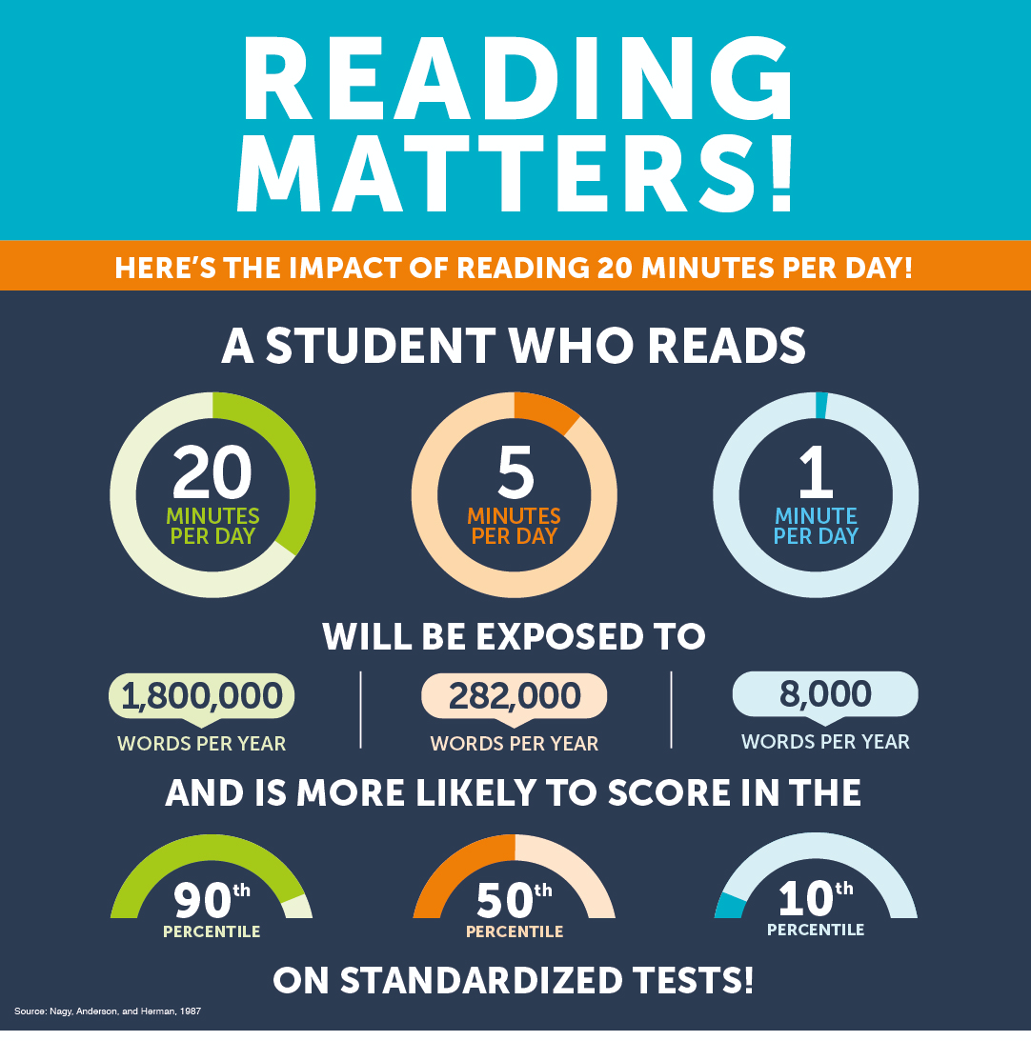
Raise a Reader: Supporting Your Kindergartners to Read
Part two of a three-part series begun Nov. 6
If you are the parent of a kindergartner or a beginning reader, chances are you are hearing a lot about phonics every day. We all know that phonics help children understand the relationship between sounds and letters. Beginners learn how to blend sounds together to make words and for kids to understand what they read; phonics helps. But all of us might be wondering how to facilitate this process of systematic and sequential learning at home, as well.
There are plenty of resources available for us to help our children with this process discovering the phonics of the alphabets and cruise through this journey of reading. Phonics books are one of the simplest ways to introduce them to phonics. And the icing on the cake will be when their favorite characters like Pete the Cat or Toy Story are involved–shop for your child's favorite phonics book set from our Scholastic Virtual BOOK FAIR now.
- Team up with the teacher. Teachers give children plenty of practice before moving on. Your child will read short easy books containing the letters or sounds they are working on. You can help them practice by providing similar books at home. If your child's class is studying a particular theme, look for easy-to-read books or magazines on the topic. Some prior knowledge will help them make their way through tougher classroom texts and promote reading comprehension. You can discuss with the teacher on how you can highlight phonics and reading outside of class and share any concerns you have.
- Encourage your child to read aloud and listen to your child read daily. Choose books on topics that excite your child. If your child stumbles on a word, encourage sounding it out. This forces your child to go slower, which gives more time to process what they read and, in turn, improves reading comprehension. Plus, they are not only seeing the words–they are hearing them, too! You can also take turns reading aloud.
- Provide books at the right level. Make sure your child gets lots of practice reading books that are not too hard. Stopping often to figure out a word makes it tough for kids to focus on the overall meaning of the story and they lose interest in trying new books.
- Boost comprehension. Ask questions like "What do you think will happen next?" or "What's going on in the book?" during story time. Talk about what they are reading. This discussion will help them remember and think through what they are reading. Ask them about what they read and understood when they are done.
As mentioned in our previous post, though we hate to read that one favorite book one more time, rereading helps build their fluency.
So, shop for your child's favorite books at our Scholastic Virtual BOOK FAIR. Remember, this book fair is a means of fundraising for our school and PTO to continue with our activities for the school year. Help us and join our mission to achieve our goal of 625 book sales this Scholastic Book Fair!


